Equipment
Bulking and ball testing: How Bridgestone works with Bryson to dial in his game with the Tour BX
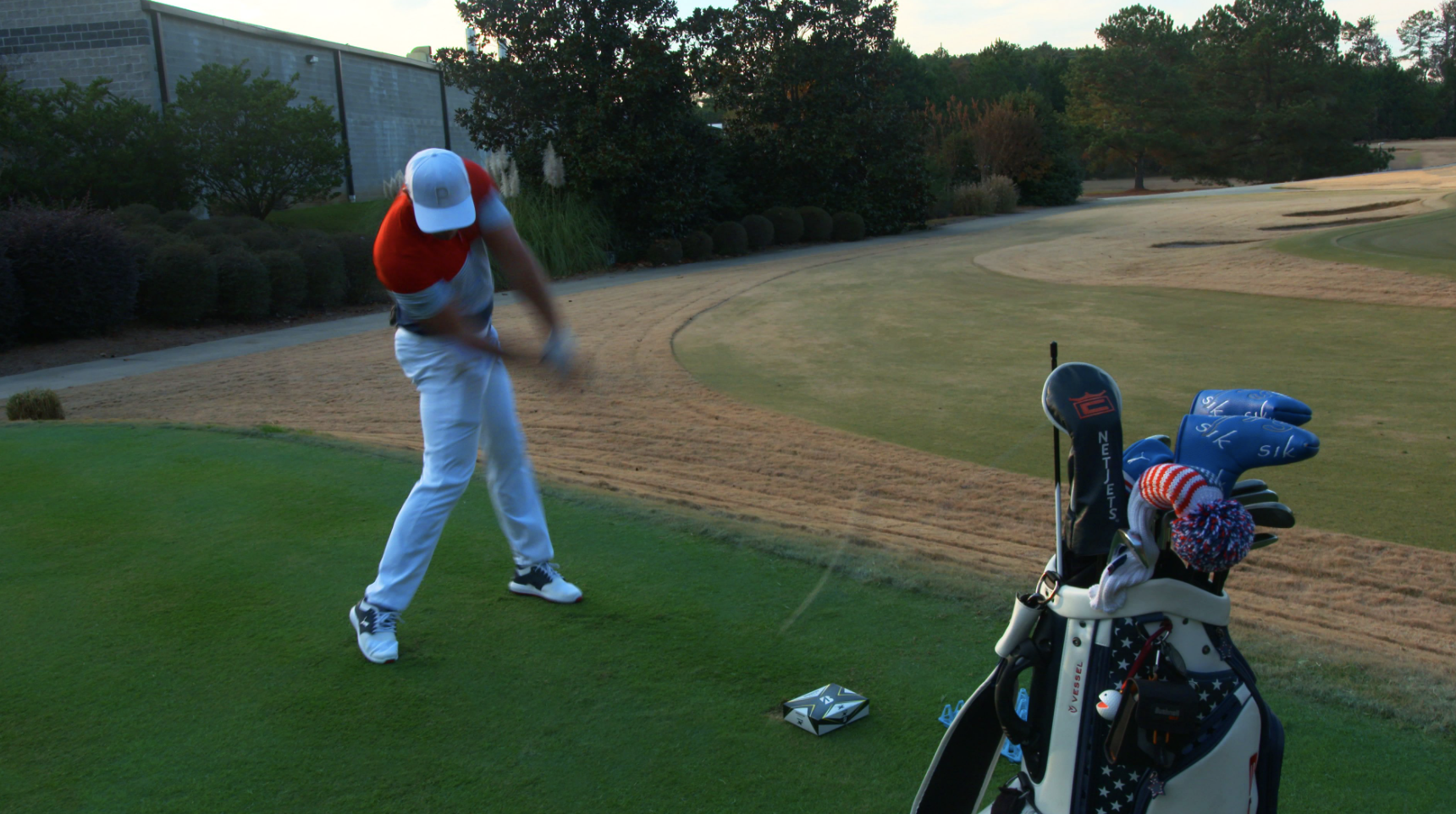
In the world of golf right now, everything “Bryson DeChambeau” has become a big topic of conversation—pun fully intended. From his remarkable body transformation to his new diet, to his personality, and now his driving distance—which has helped turn him into the hottest golfer on the planet—he is single-handedly changing the game.
Bryson has established himself as one of the most thorough tinkerers golf has ever seen, and with these newfound changes to his game, we wanted to reach out to Bridgestone Golf to find out about the Golf Scientist’s ball testing process and what type of changes they have seen with his game over the last nine months.
I had the chance to speak with Elliot Mellow, Bridgestone Golf’s Marketing Manager, about Bryson’s process and how the Tour BX ball has been able to help him along the way.

RB: How has working with Bryson changed since when he originally joined team Bridgestone, and specifically over the last 9 months as his game has changed so quickly?
EM: Ever since we started working with Bryson, he has always wanted to be at the forefront of optimization throughout his golf bag, and that has meant making sure the golf ball he is using offers him the most control from his driver to his wedges. When he first came to us his swing speed with a driver hovered around 124 mph and the ball he used was the B330S which offered a bit more spin through the bag and the control that he wanted.
Beyond the physical change, he has changed a lot about his golf clubs over the last year too, but the one thing that has remained constant is his use of the Tour BX since we first introduced it, and now the new Tour BX with Reactiv Cover that he started using around Thanksgiving 2019 before the Presidents Cup. The reason for the change is thanks in part to his new 134mph driver swing speed he has no problem creating spin, and with his driver dynamics, he wanted to gain extra spin reduction to help him hit it straighter. The firmers Tour BX gives him extra control with his driver while still providing maximum short game control.
RB: How does Bryson’s testing process compared to other players you work with?
EM: Bryson is very unique in that he is willing to test almost anywhere. A lot of players like to test strictly at home during breaks while not in “competition mode,” but we have worked with Bryson on tour, at his home course, and at our testing facility in Covington, Georgia.
Bryson understands that playing conditions are going to vary week to week, and he likes to know that regardless of where he is playing he can have confidence his ball will do what he wants when he wants it. Still, our most in-depth testing sessions always occur at our test facility since we have access to all of our equipment and prototypes to dial him in. He also loves to provide feedback on other products in the line that are going through various prototype stages, even if they aren’t geared towards his game just to see how they work and react—Bryson is not afraid to experiment.

RB: Who drives the testing process? Bryson asking for tweaks during a ball’s prototyping stages or engineers presenting a number of options along the way?
EM: The fun part about testing is that it’s a two-way street. Our engineers are always working on new prototypes, and thanks to robot testing and modeling we can fine-tune the expected performance variables before putting them into a player’s hand. The other side of that is we still need and rely on player feedback because its humans that play golf, not robots.
Having golfers like Bryson, Tiger, and Lexi Thompson on our team help us get valuable feedback on how different balls feel and react to there games and now with Bryson, he is able to hit a golf ball at speeds none of our other players generate on a consistent basis. What’s been interesting for us to continue to watch is how he is controlling his irons and wedges into greens and just how high he is hitting it – speed creates higher launch and spin and being able to gain extra control with his Tour BX is certainly part of that equation.
RB: Ok, let’s switch gears here. How does someone who swings their driver at 134 mph translate to the average golfer that might only swing their driver between 95-100 mph? I mean we’d all love to drive the ball 300 yards but in reality, that’s not going to happen for most recreational golfers.
EM: That’s a great question, and its something we think about with every ball we develop.
It’s similar to the concept car model – we experiment and develop for the extreme and then thanks to advancements on the higher level, even down to something chemical like Reactiv Urethane, that technology ends up in all of our products targeted to different golfers of varying skill and swing speed. Thanks to the properties of that cover material we have seen golfers of all swing speeds gain ball speed without sacrificing short game spin and control.
The one thing that we continue to be at the forefront of is core design and our gradational core helps create higher initial balls speeds and lower spin. It gets softer towards the middle and becomes higher compression as you get closer to the cover allowing it to react very differently depending on how it’s struck – the ball will naturally compress more for clubs with lower lofts and at higher speeds compared to slower speed shots hit with a more of a glancing blow. We change these core dynamics throughout our product line up to once again suit the target player.

RB: So just like with clubs, the same driver can work for different golfers once you dial in specs, except for with a ball it’s about finding the right model to offer performance from the top to the bottom of your set since you have to use it for every shot?
EM: Exactly!
RB: As always Elliot, I really appreciate your time.
EM: Thanks, Ryan.
Equipment
BK’s Breakdowns: Cameron Young’s winning WITB, 2025 Wyndham Championship

Cameron Young’s WITB from his win at the 2025 Wyndham Championship. Cameron is a Titleist staff player but his bag is definitely filled with some unique clubs. Here are the clubs he used to secure his first PGA Tour win!
Driver: Titleist GT2 (9 degrees, A1 SureFit setting)
Shaft: Mitsubishi Tensei 1K Pro Orange 70 TX
3-wood: Titleist GT3 (15 degrees)
Shaft: Mitsubishi Tensei 1K White 80 TX
Hybrid: Titleist GT2 (21 degrees)
Shaft: Fujikura Ventus HB Black VeloCore+ 10 X
Irons: Titleist T200 (4), Titleist T100 (5), Titleist 631.CY Prototype (6-9)
Shafts: True Temper Dynamic Gold X7 (4-9)
Wedges: Titleist Vokey Design SM10 (48-10F, 52-12F, 56-14F @57), WedgeWorks (60-K* @62)
Shafts: True Temper Dynamic Gold X7
Putter: Scotty Cameron Phantom 9.5 Tour Prototype
Grips: Golf Pride Tour Velvet Cord
Ball: Titleist Pro V1x Prototype
Whats in the Bag
Peter Malnati WITB 2025 (August)
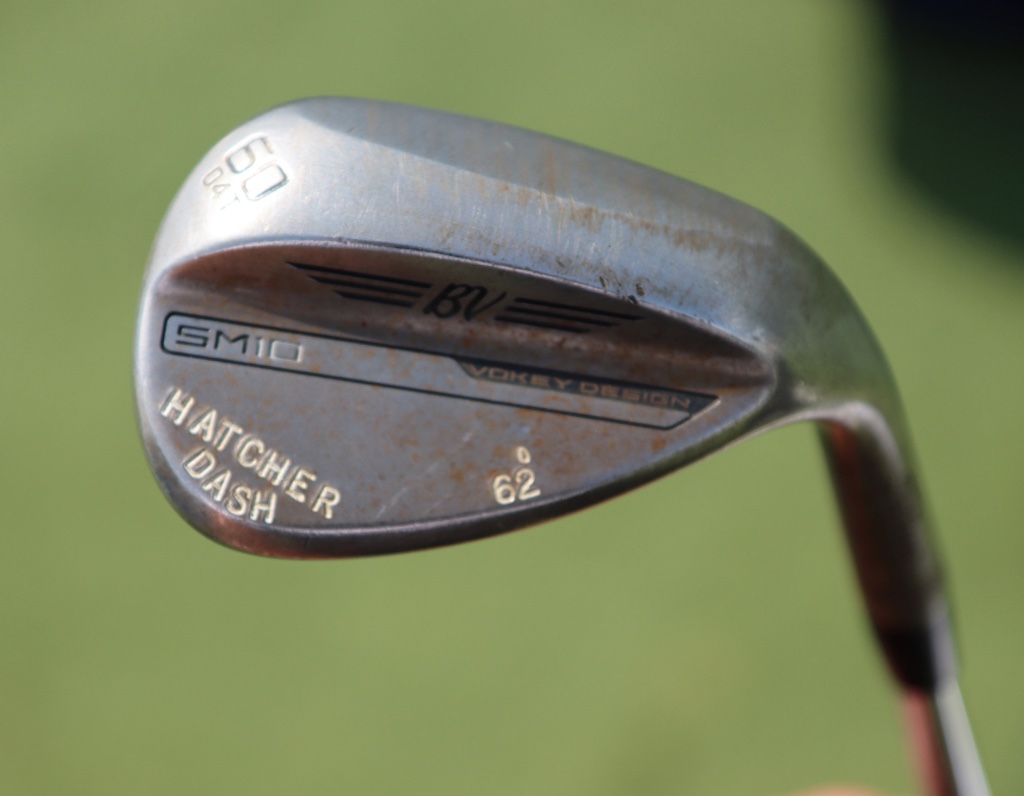
- Peter Malnati what’s in the bag accurate as of the Wyndham Championship. More photos from the event here.
Driver: Titleist GT3 (10 degrees, C2 SureFit setting)
Shaft: Project X Denali Blue 60 TX
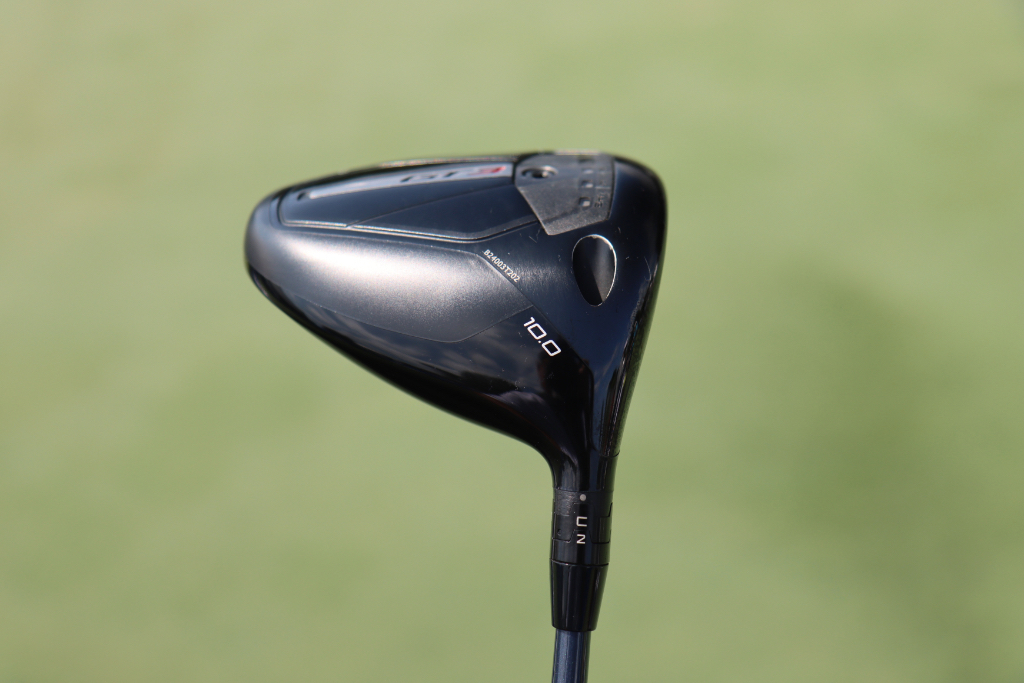

3-wood: Titleist GT3 (15 degrees, A1 SureFit setting)
Shaft: Fujikura Ventus TR Blue 7 X
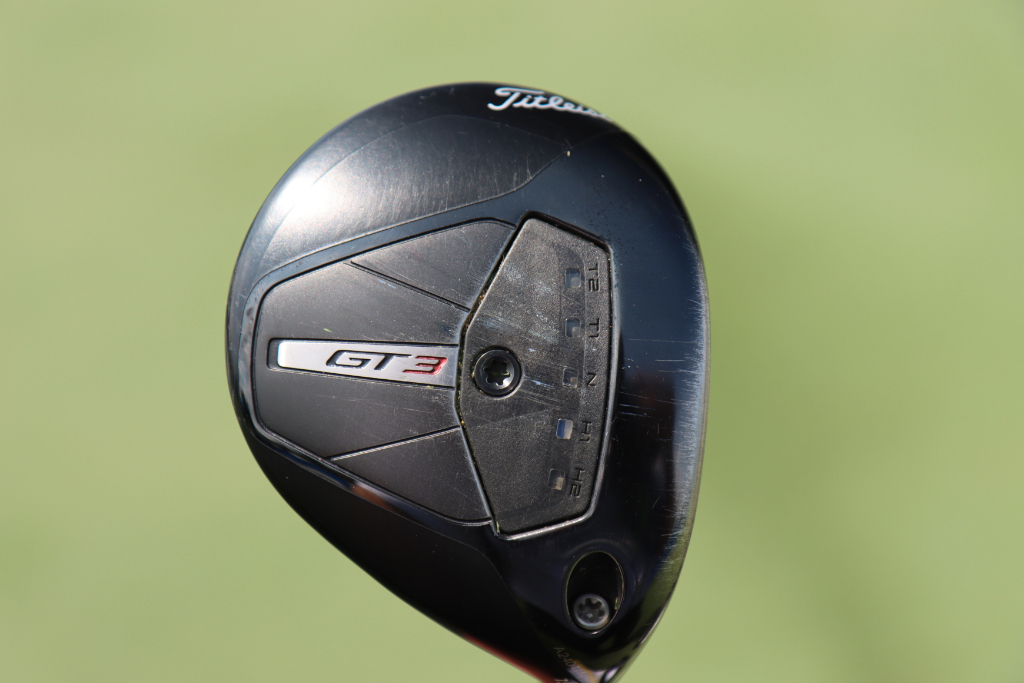
7-wood: Titleist GT2 (21 degrees, D1 SureFit setting)
Shaft: Fujikura Ventus TR Blue 8 X
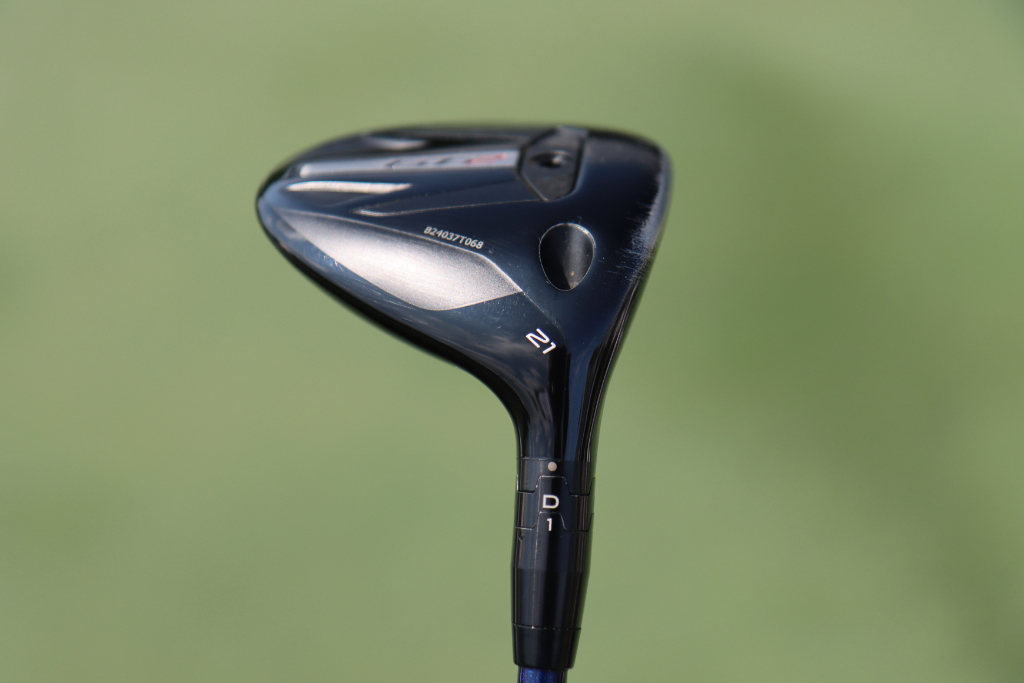
Irons: Titleist T150 (4, 5), Titleist T100 (6-9)
Shafts: True Temper AMT Tour White X100
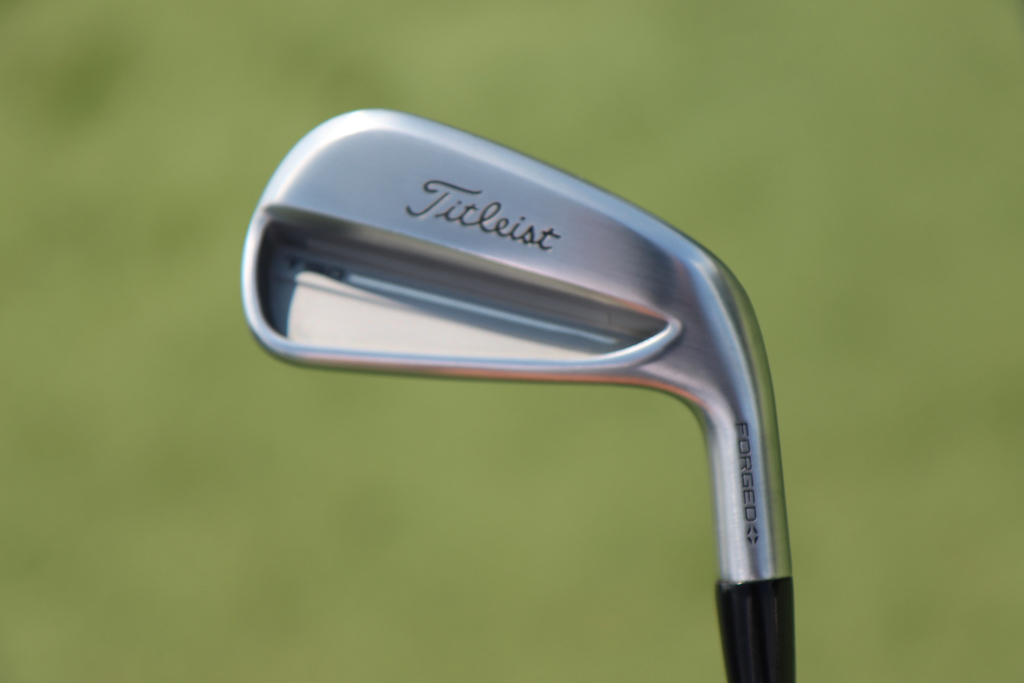
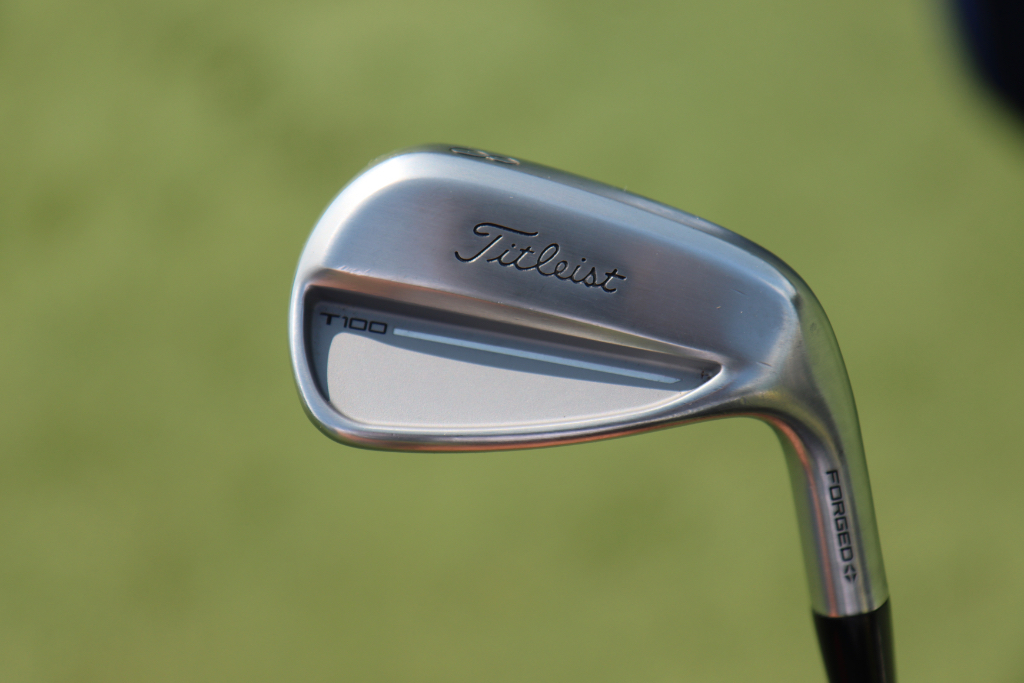
Wedges: Titleist Vokey Design SM10 (48-10F @47, 52-12F, 56-08M @57, 60-04T @62)
Shafts: True Temper Dynamic Gold Tour Issue S400
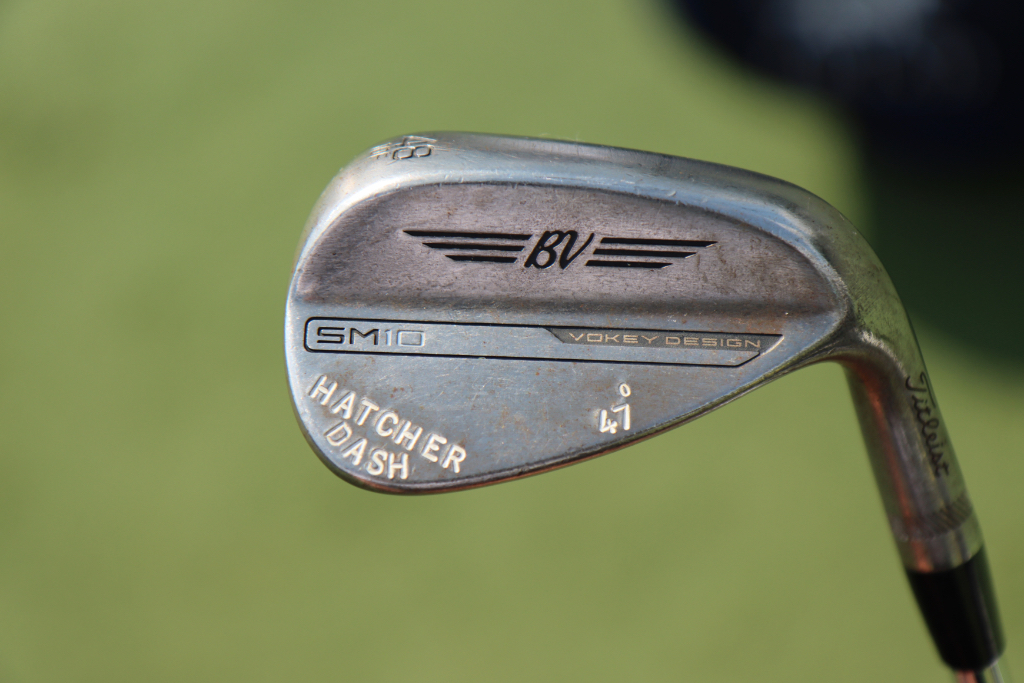
Putter: Scotty Cameron Studio Style Fastback 1.5 Tour Prototype
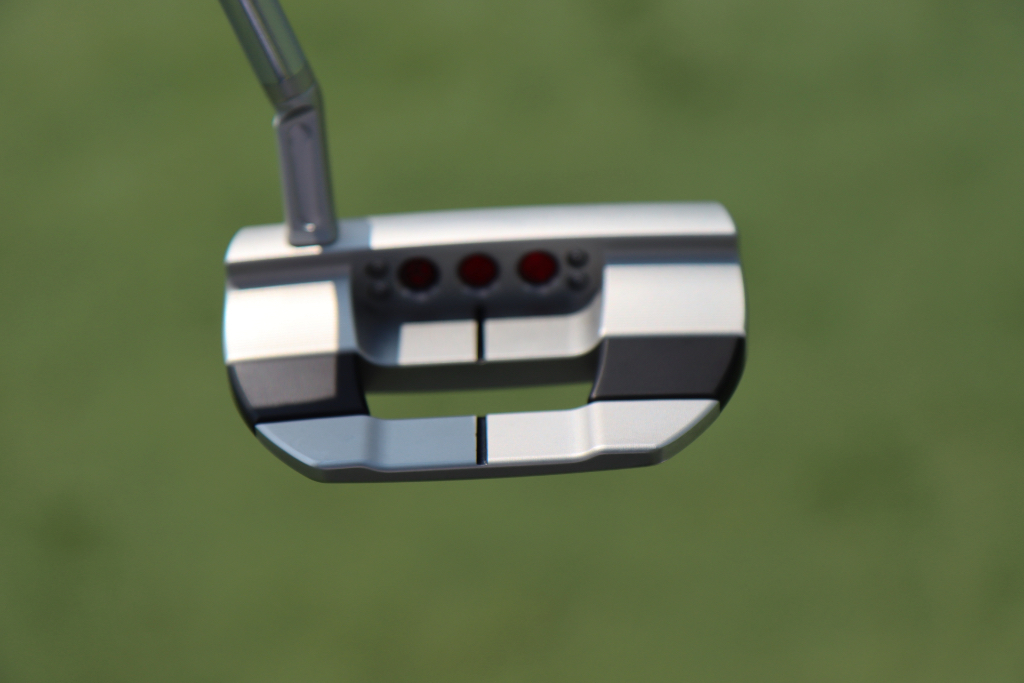
Grips: Golf Pride Tour Velvet
Ball: Titleist Pro V1x Yellow
Equipment
GolfWRX Members Choice presented by 2nd Swing: Best driver of 2025

We’re proud to once again partner with 2nd Swing Golf to bring you GolfWRX Members Choice 2025! 2nd Swing has more than 150,000 new and pre-swung golf clubs available in six store locations and online. Check them out here.

What is the best driver in 2025? At GolfWRX, we take great pride in our online community and the cumulative knowledge and experience of our members. When it comes to the best driver of 2025, we want to know what our forum faithful think.
Since our founding in 2005, the bedrock of GolfWRX.com has been the community of passionate and knowledgeable golfers in our forums, and we put endless trust in the opinions of our GolfWRX members — the most knowledgeable community of golfers on the internet. No other group of golfers in the world tests golf clubs as frequently or as extensively, nor is armed with such in-depth information about the latest technology.
Below are the results of GolfWRX member voting for the 2025 best driver, along with the vote percentage for each club.
Best driver of 2025: The top 5
5. Callaway Elyte Triple Diamond: 6.02%
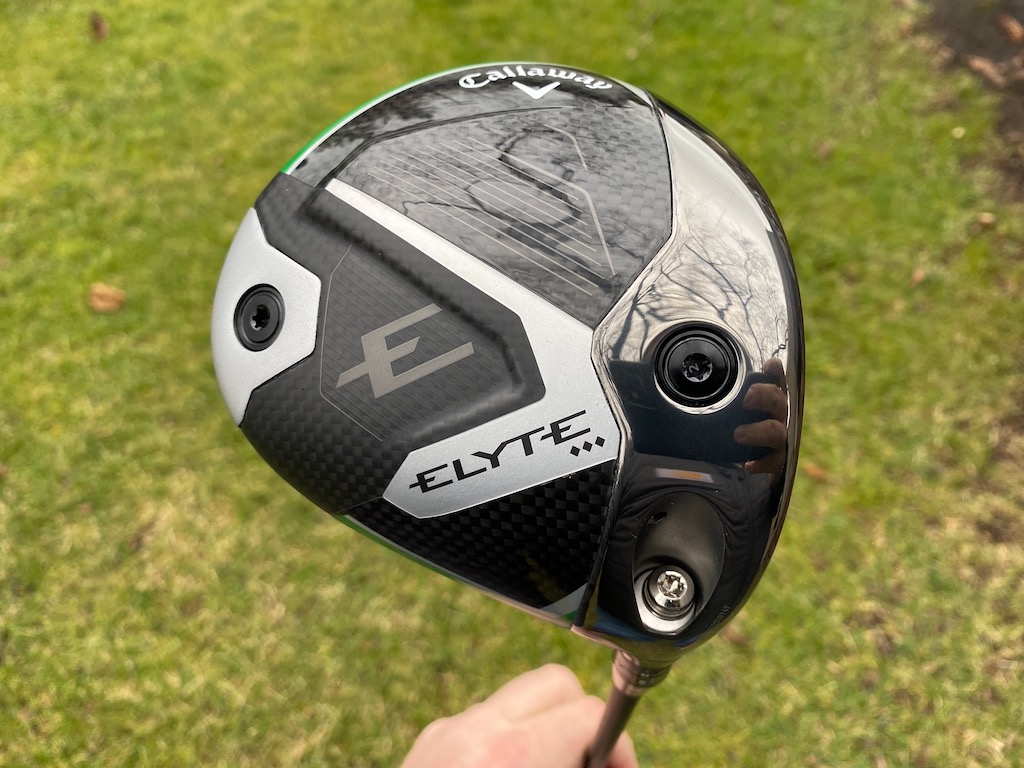
Callaway’s pitch: “For golfers looking for a fast, forgiving, yet workable driver, the Elyte Triple Diamond features a tour-inspired shape and is the preferred model by most Callaway tour players.”
You can read what other golfers are saying about the driver in the GolfWRX forums, and see our launch piece here. Shop the Callaway Elyte Triple Diamond here.
4. Ping G440 Max: 6.86%
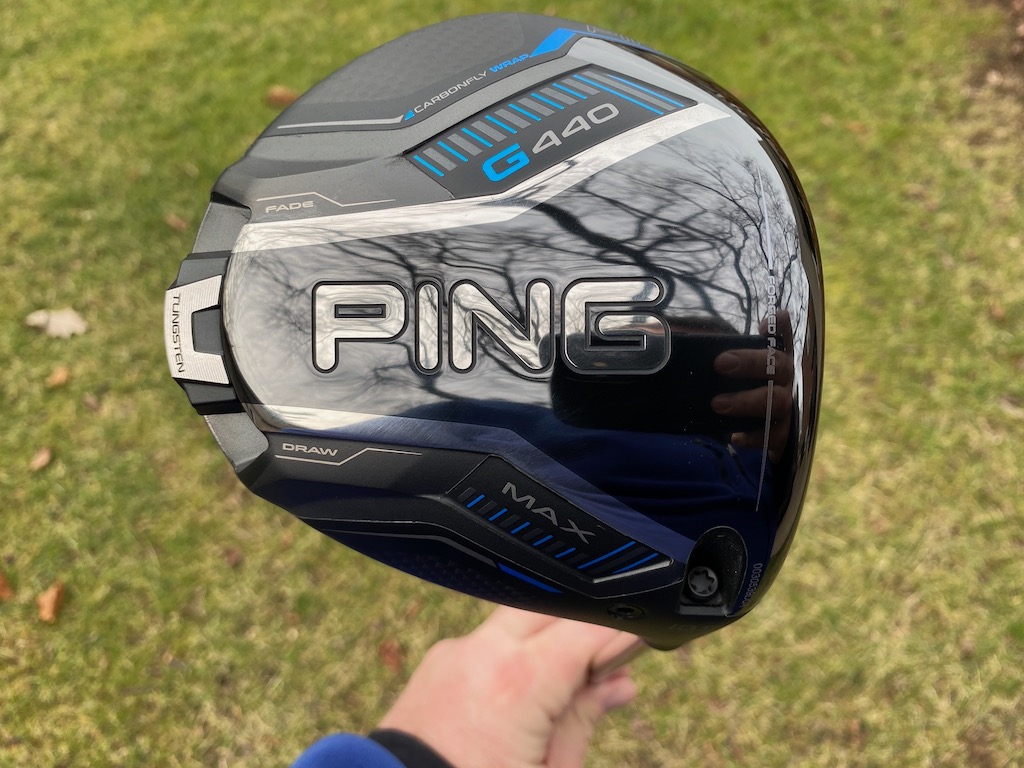
Ping’s pitch: “The most forgiving G440 model, MAX has a hotter face to generate speed and distance, and a lighter overall system weight with a longer shaft (46″) for faster clubhead speed, higher launch and longer carries. The Free Hosel and Carbonfly Wrap crown save weight to create our lowest CG ever and increase forgiveness while contributing to a more muted, pleasing sound.”
You can read what other golfers are saying about the driver in the GolfWRX forums, and see our launch piece here. Shop the Ping G440 Max here.
3. Ping G440 LST: 9.53%
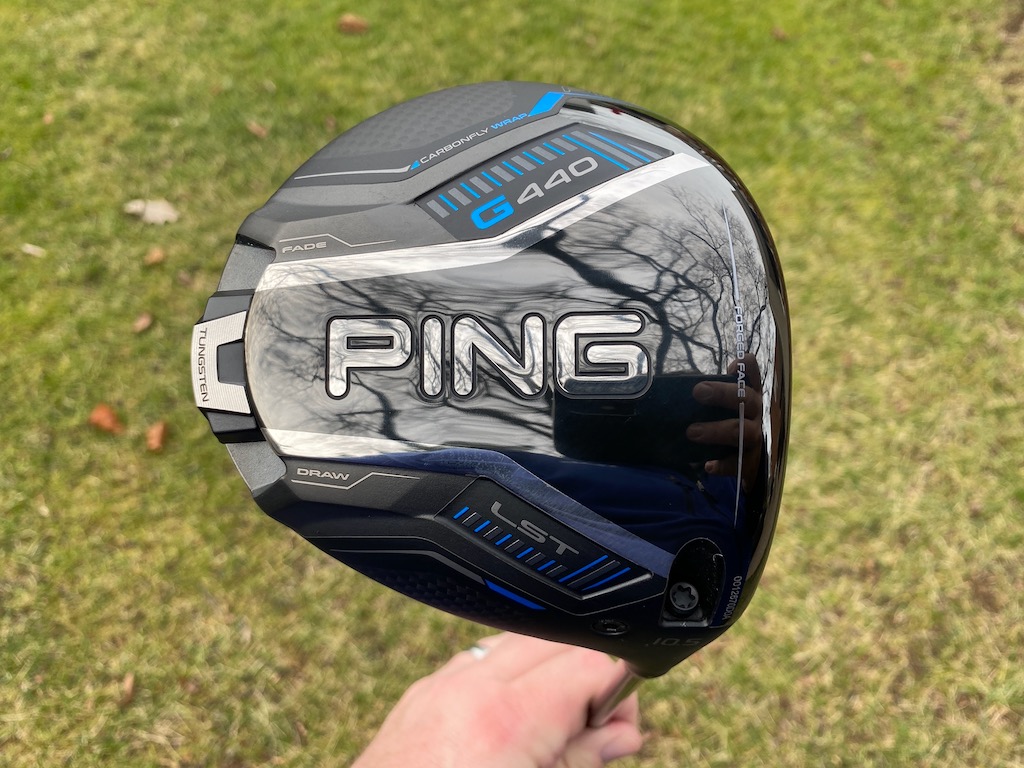
Ping’s pitch: “LST is an especially good fit for faster swings, offering less spin and more control with a penetrating trajectory. A hotter face, lighter overall system weight and longer shaft (46″) deliver more speed and distance while maintaining tight dispersion.”
@phizzy30: “Not a fan of Ping drivers in general, but 440 LST takes the cake. It’s super forgiving across the face for a low spin head, looks and sounds good and the ability to make it play neutral or slightly fade biased through the hosel settings is very appealing.”
You can read what other golfers are saying about the driver in the GolfWRX forums, and see our launch piece here. Shop the Ping G440 LST here.
2. Titleist GT3: 16.55%
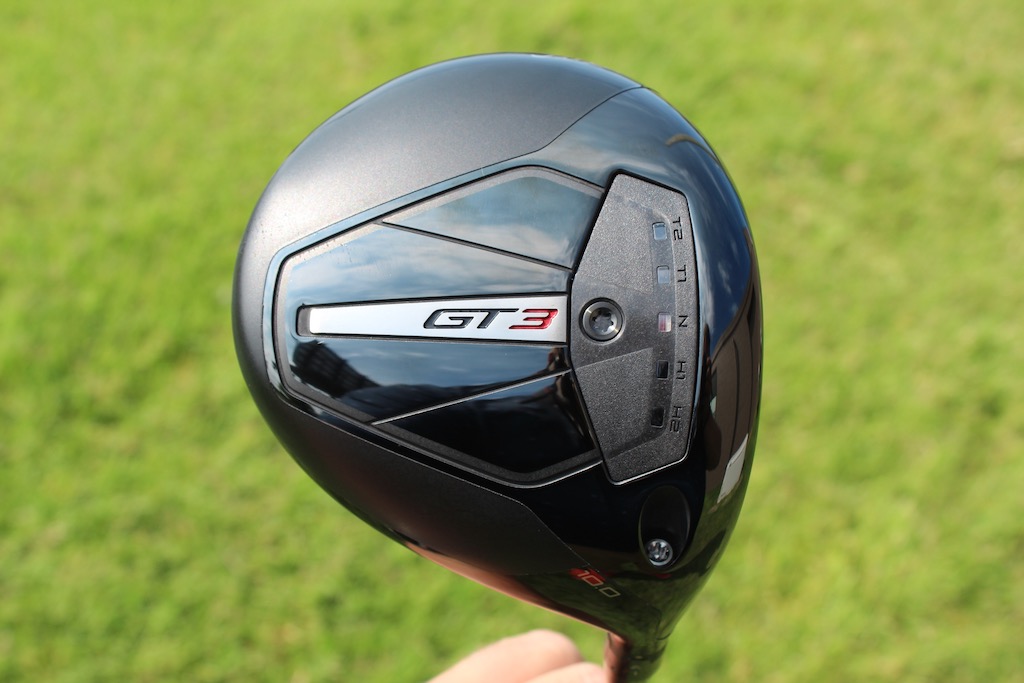
Titleist’s pitch: “The GT3 Driver offers Titleist’s boldest combination of power and personalization through adjustable performance. Dial in the CG Track to your frequent contact location to make your biggest drives even bigger while taking total control over flight and shaping.”
@mrmikeac: “I’ve been Anti-Titleist for years and years and years (outside of Vokey, of course). With that being said, HOLY BEGEEZUS the GT3 driver is an absolute NUCLEAR MONSTER! This thing blew my G430 10K Max out of the water in every single category. Forgiveness is the biggest thing that stands out of me, the 3 model has always been one of the less forgiving models in the past but this GT3 can take bad shot after bad shot and still end up in the fairway, I think a ton of that has to do with the adjustability, it’s actually effective. Feel and sound is perfect, that solid crack is so addicting to hear and when you hit it out the screws this thing can absolutely bomb it. Titleist, I’m sorry for doubting you. You have converted me.”
You can read what other golfers are saying about the driver in the GolfWRX forums, and see our launch piece here. Shop the Titleist GT3 here.
1. Titleist GT2: 22.91%
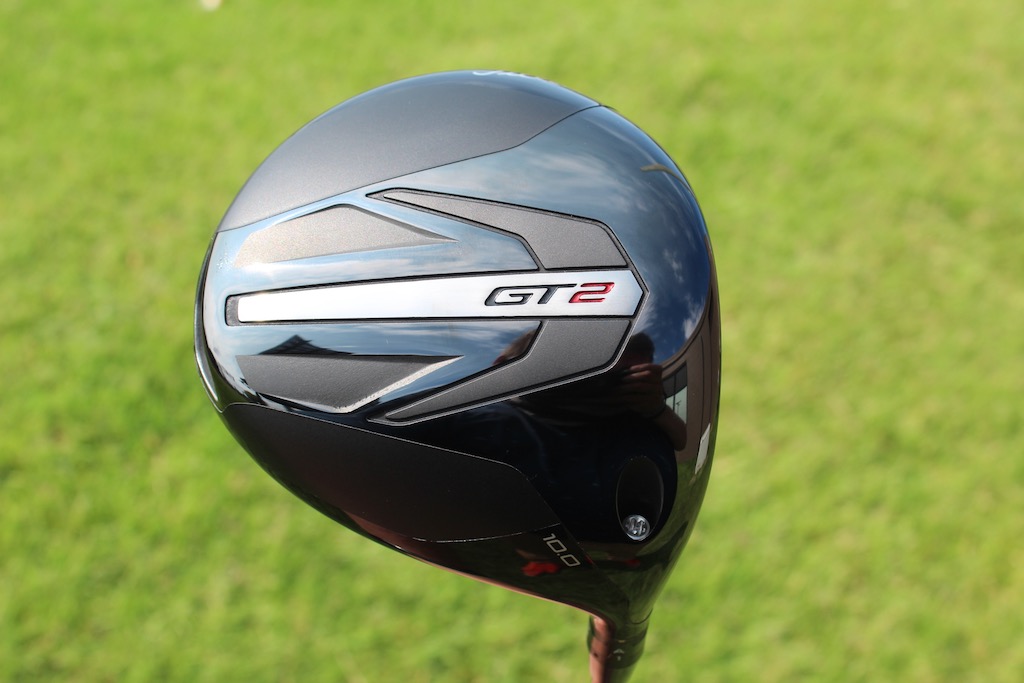
Titleist’s pitch: “Delivering impressive distance from any impact point, the Titleist GT2 Driver extracts maximum performance through a forgiving design. Get the stability and added confidence of a high-MOI driver without sacrificing speed.”
@DTorres: “The Titleist GT2 has proven to be the best driver of the year. Packaged in a classic profile, GT2 perfectly balances performance and forgiveness while consistently being a high performer across all categories.”
You can read what other golfers are saying about the driver in the GolfWRX forums, and see our launch piece here. Shop the Titleist GT2 here.
Other drivers receiving >2% of the vote
| Driver | Vote percentage (%) |
|---|---|
| Cobra DS Adapt Max K | 4.85% |
| Ping G430 Max 10K | 3.85% |
| Callaway Elyte Triple Diamond | 3.68% |
| TaylorMade Qi35 | 3.51% |
| Callaway Elyte | 3.18% |
| Cobra DS Adapt X | 2.34% |
| Cobra DS Adapt LS | 2.17% |
| TaylorMade Qi35 LS | 2.17% |
View this post on Instagram




















STcards
Jul 15, 2020 at 3:53 pm
He has an odd approach to the weight gain. I’m a current trainer for an sports weight room. He is adopting the O-line method of just going for strength. Eat a Ton workout out limit cardio.
I guess a golfer doesn’t need cardio, but its still surprising. Rory and tiger have used an “nba” strength plus cardio and guys like dj have done primarily elasticity training.
A side note like O line this creates great strength from the ground to transfer upwards. Never thought Id see this adopted by a golfer, I guess I dont see drawbacks other then its not exactly healthy. We warn O Line of this and most drop considerable weight after retiring